When we think of termites, we often imagine the damage they can do to a home, silently munching away at wood, unnoticed until it’s too late. But did you know that the weather plays a significant role in termite activity? In fact, certain weather conditions can drive termites to be more active, making it crucial to stay aware and know how to protect your property.
K Termite believes that understanding the connection between weather and termite behavior can help homeowners stay one step ahead. In this article, we’ll look at how weather changes impact termite behavior and how you can safeguard your home.

How Temperature Changes Can Trigger Termite Swarms?
When the air warms up and humidity creeps higher, termites get moving. Rising temperatures signal mating season. Winged swarmers, also called alates, take flight to form new colonies. And where do they land? Near moist soil and wooden structures. That’s your home’s cue to be ready.
We see the most swarming activity during the spring and summer. As the chill fades and the air turns warm and damp, it's the perfect time for termites to take off. That’s why K Termite always gears up before the first real heatwave. Because timing is everything. Termites don’t waste a second. Once they find a good spot, they settle in fast and dig deep.
Note: K Termite provides free termite inspections during peak season because spotting them early makes all the difference.
Signs You Might Have Termites
Here are a few things to watch for, especially when the forecast lines up with termite behavior:
- Swarming insects near windows after rain
- Mud tubes along foundation walls
- Small holes in drywall or wood
- Clicking sounds coming from your walls
- Tiny wood-colored droppings near baseboards
Notice even one of these? It’s time to call K Termite.
Impact of Weather on Termite Behavior and Activity
1. Moisture Is the Real Magnet
While warm air gets termites swarming, it’s moisture that keeps them going. Termites can’t survive in dry conditions. They thrive in damp environments, which makes rainy seasons and water leaks their best friends.
During heavy rains or in high-humidity zones, we’ve seen colonies grow aggressively. Water softens wood, dampens soil and weakens structures. That’s exactly the type of environment where termites can build quietly and quickly. Our team at K Termite has responded to more emergency calls during the rainy season than at any other time of year.
This is why drainage matters. Leaky gutters. Standing puddles. Poorly ventilated crawl spaces. They’re not just maintenance issues. They’re invitations. And once termites settle in, they won’t leave on their own.
2. Dry Heat Slows Them, But Doesn’t Stop Them
Let’s bust a myth. Hot and dry doesn’t mean termite-free. Yes, activity might slow during drought or extreme heat, but that doesn’t mean they’ve left the scene. In fact, they just go deeper underground, tunneling further to find moisture. Subterranean termites are especially persistent this way.
In desert climates or during long, dry summers, we’ve seen colonies adapt by moving closer to plumbing lines and underground moisture sources. That’s why we don’t take break when the sun’s high. The threats are just harder to see, not gone.
Reminder: Hot weather hides the problem, but doesn’t solve it.
Related Articles:
How Do I Know If My Home Has a Termite Infestation?
How Often Should I Get a Termite Inspection for My Home?
DIY vs. Professional Termite Control
3. Cold Weather Brings Pause, Not Peace
Termites slow down in winter, but that doesn’t mean they’re gone. They’re still around, just hiding. They move deeper into the walls, ground, and wooden parts of your home. Out of sight, but still active. When temperatures drop, we inspect interiors more closely. Fireplaces, baseboards and insulation areas become their cozy corners.
K Termite uses cold-season inspections as a smart strategy. Because spring brings the return. The key is to spot them while they’re quiet. That’s when they're vulnerable and before they swarm again.
Note: Termites don’t take holidays. They just change tactics.
4. Storms and Floods: Instant Risk Boosters
Severe weather events send termites into overdrive. After floods or hurricanes, weakened foundations and soggy structures become ideal entry points. We’ve seen colonies spring up in less than a week post-flood. That’s how fast things move.
We always recommend a full inspection after major storms. Because it’s not just your walls that are wet. The ground is soft. The wood is saturated. Termites don’t wait. And neither should you.
Storms shake homes. Termites seize them.
Why K Termite Tracks Weather Patterns Closely?
At K Termite, we believe good planning starts with understanding the environment. That’s why we closely track weather patterns and seasonal changes every day.
Weather shifts can impact how and when certain problems might occur, so we don’t rely on a fixed schedule. Instead, we adjust our termite treatments based on real-time conditions. This helps us stay prepared and respond at the right time.
Our approach is not just about reacting to issues - it's about preventing them. By planning ahead and acting early, we help reduce risks before they turn into costly repairs.
With K Termite, you're not just getting a service - you're getting a smart, proactive plan that adapts with the seasons.

How to Weather-Proof Your Home Against Termites
Here are a few easy steps to termite-proof your home no matter the season:
Fix Leaks Immediately
Whether it's a dripping faucet or a leaky roof, water attracts termites. Don’t wait to repair.
Maintain Your Yard
Keep wood piles, mulch, and dead tree branches away from your foundation.
Use Dehumidifiers
In humid climates, indoor moisture can build up fast. A dehumidifier helps keep the air dry.
Get Annual Inspections
Prevention is always cheaper than repair. Book a yearly check-up with K Termite to catch problems early.
Final Thought
So, does weather affect termite activity? Absolutely. From warm spring swarms to winter hideouts, termites adjust their behavior with the seasons. But the one thing that stays constant is their hunger for wood.
At K Termite, we help you stay one step ahead. With our expert inspections and professional treatments, you can keep your home termite-free – rain or shine.
If you’ve noticed signs of termites or just want peace of mind, get in touch with K Termite today.
FAQs
Q.1 Can termites survive cold weather?
Absolutely. Termites survive cold weather by burrowing deeper into soil or hiding in heated spaces like walls and basements. Our team knows how to track them, even when they’re laying low.
Q.2 Are termites seasonal?
Termites are more active in warm and humid months, especially spring and summer. But they don’t disappear in winter - they just change their habits. That’s why K Termite stays on guard in every season.



.png)
.png)
.png)
.png)
.png)
.png)



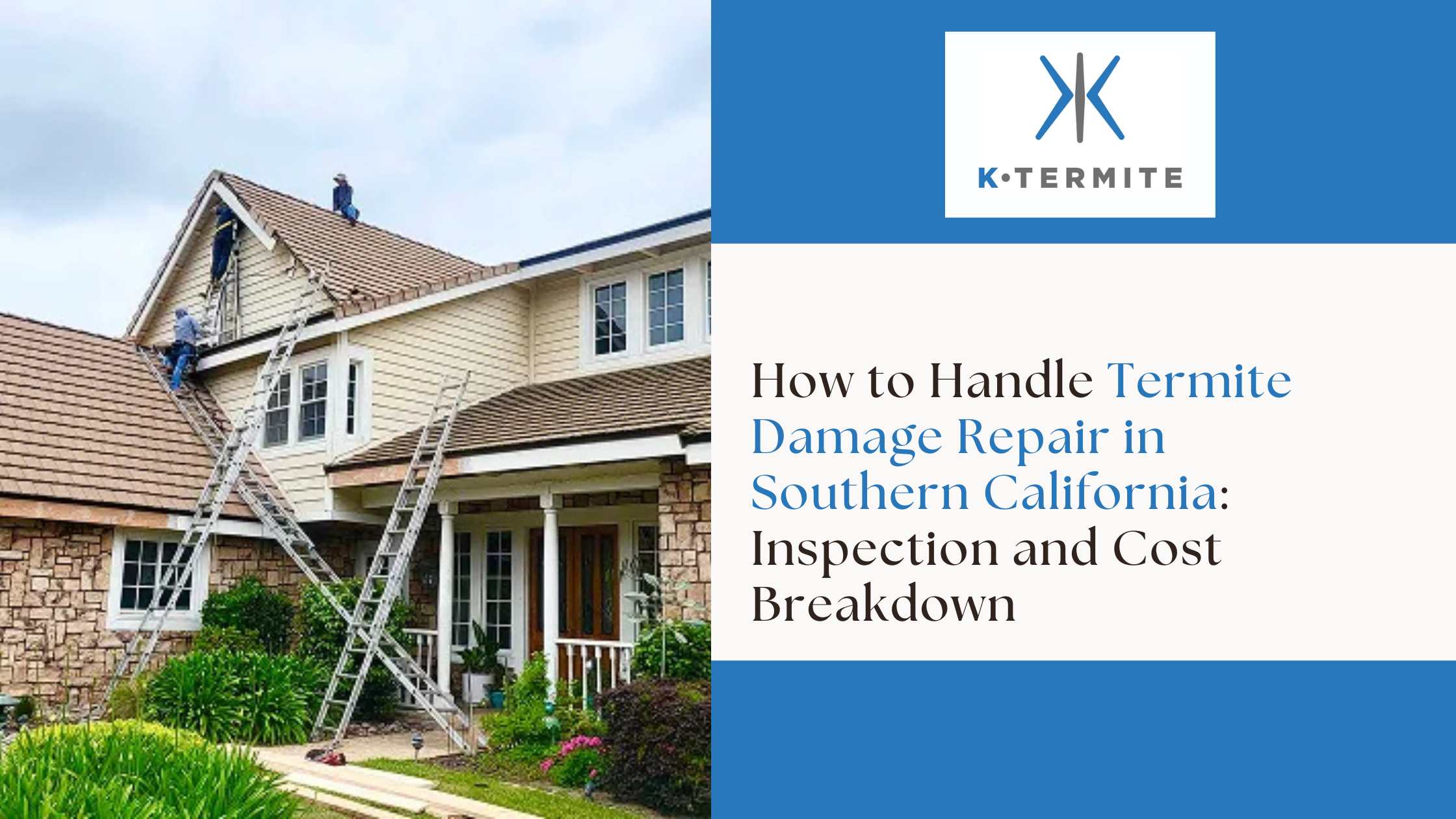

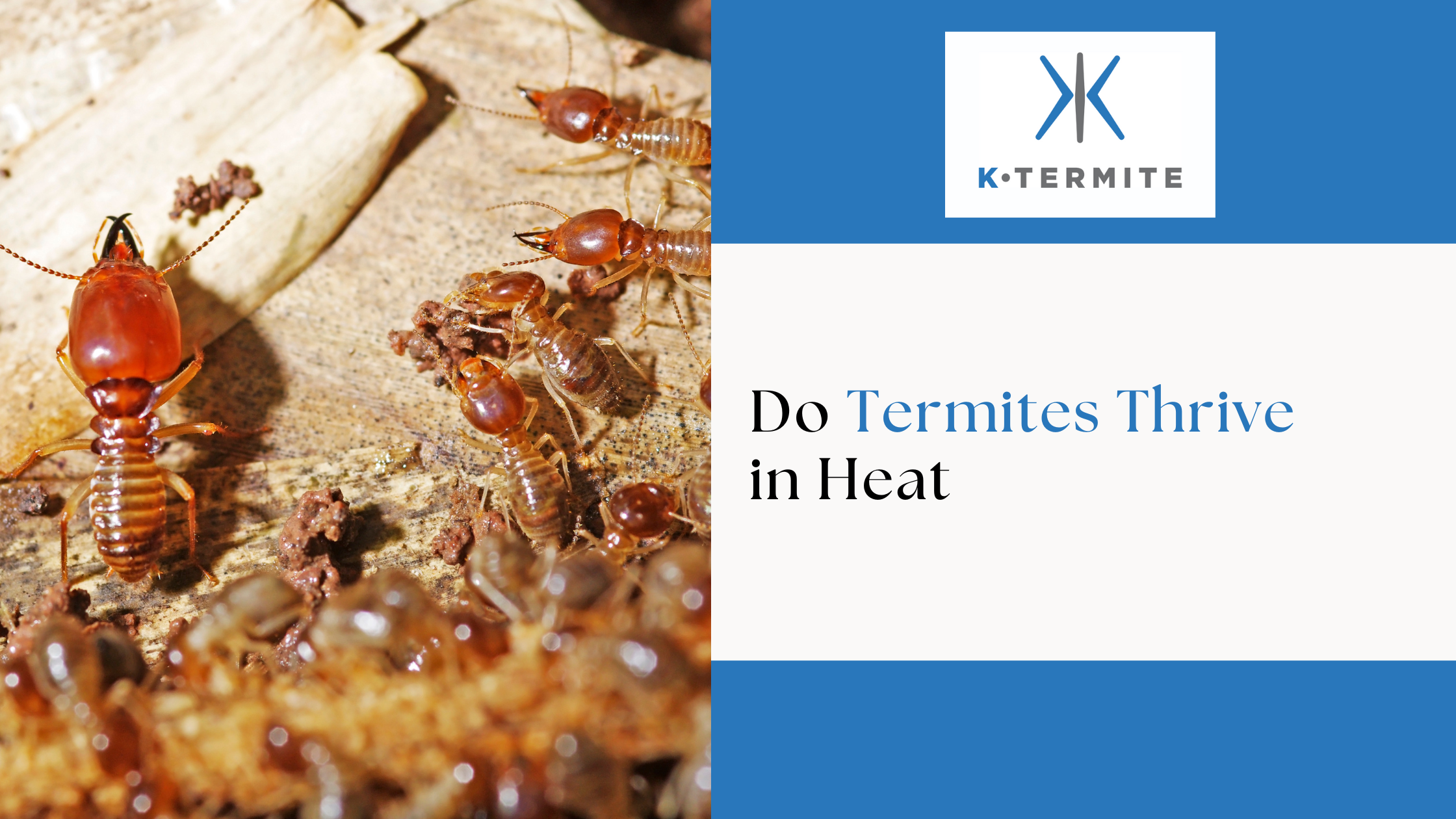

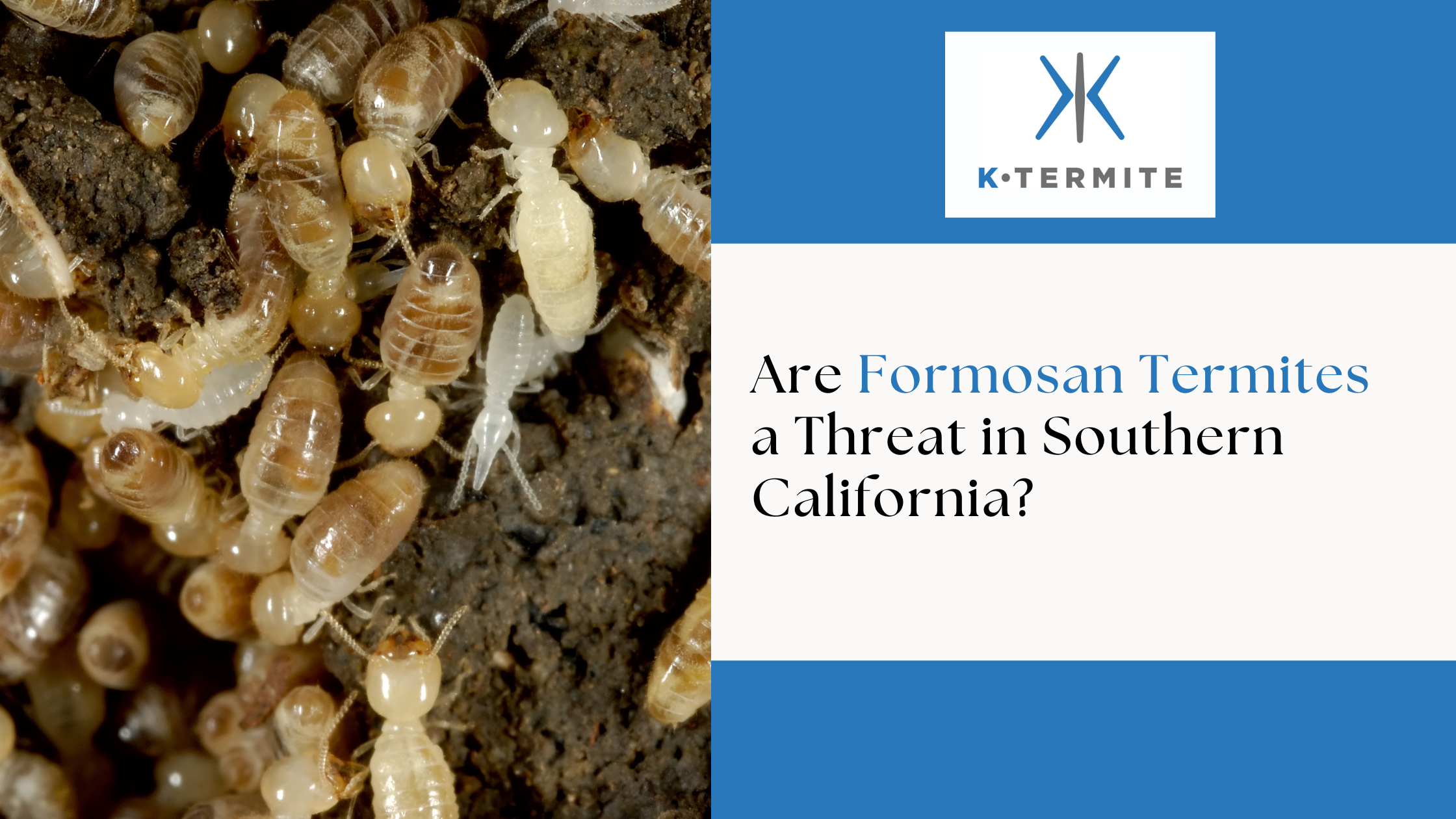

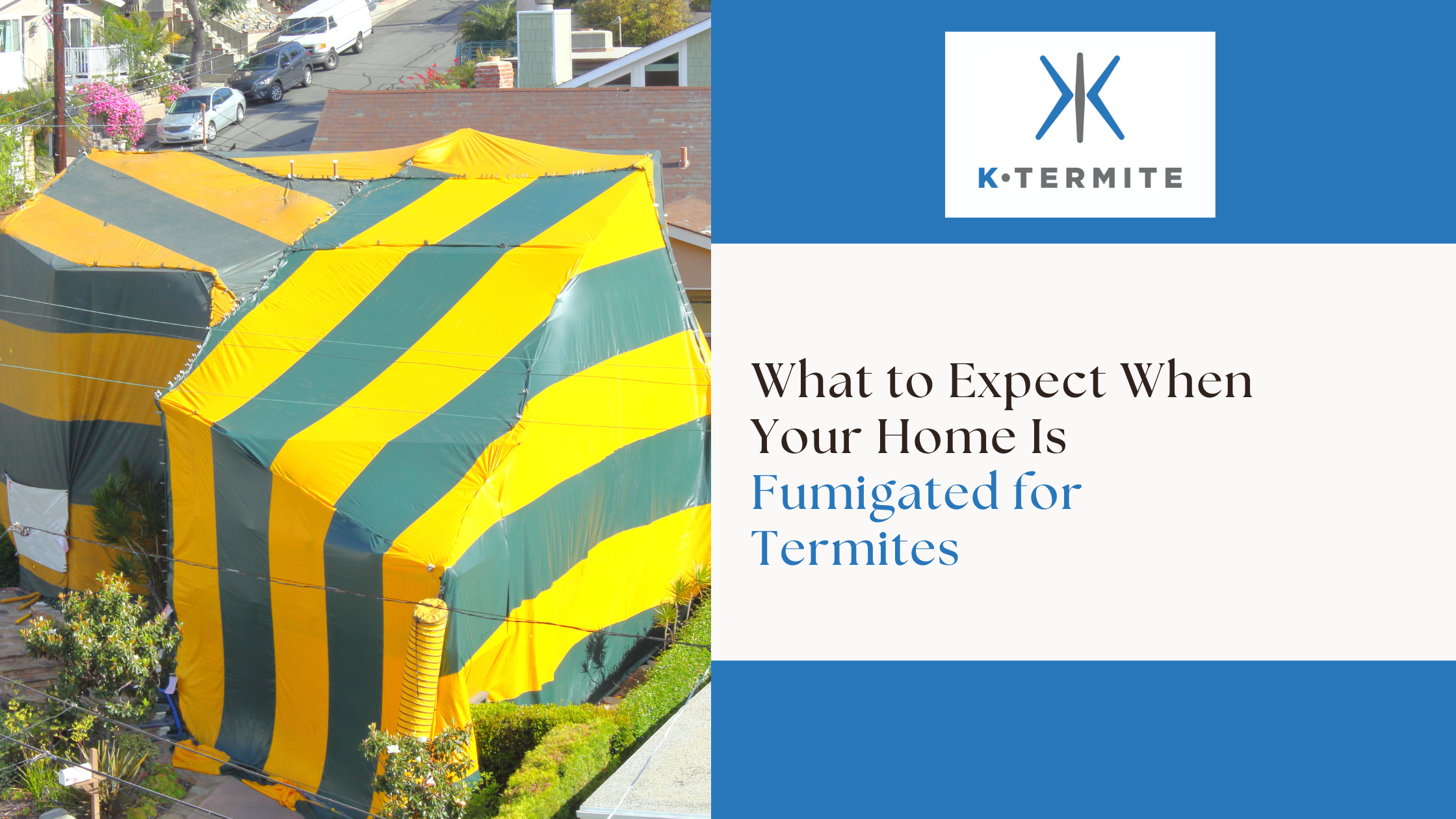


.png)
.png)
.png)
.png)
.png)
.png)
.png)
.png)


.png)
.png)


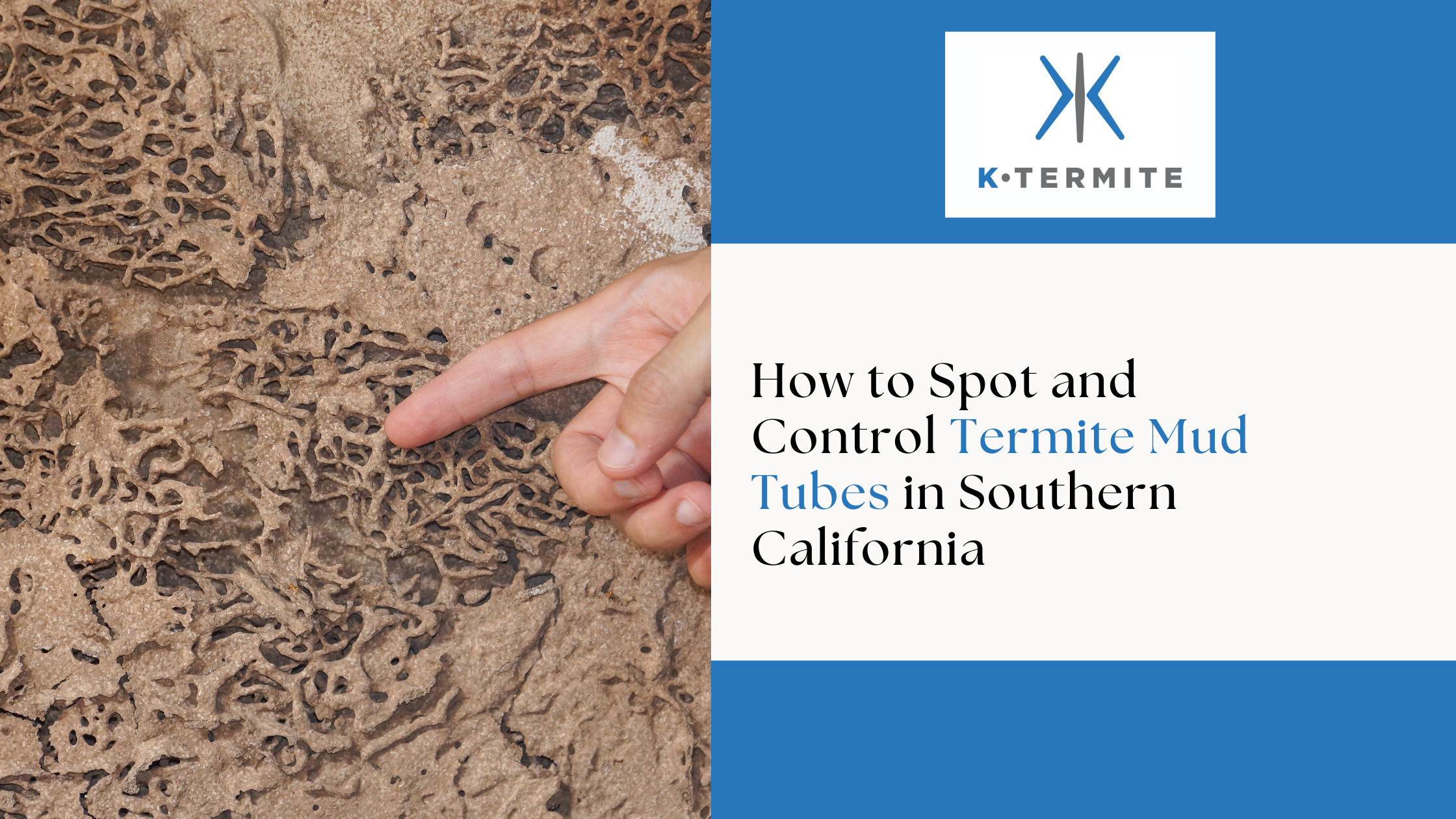




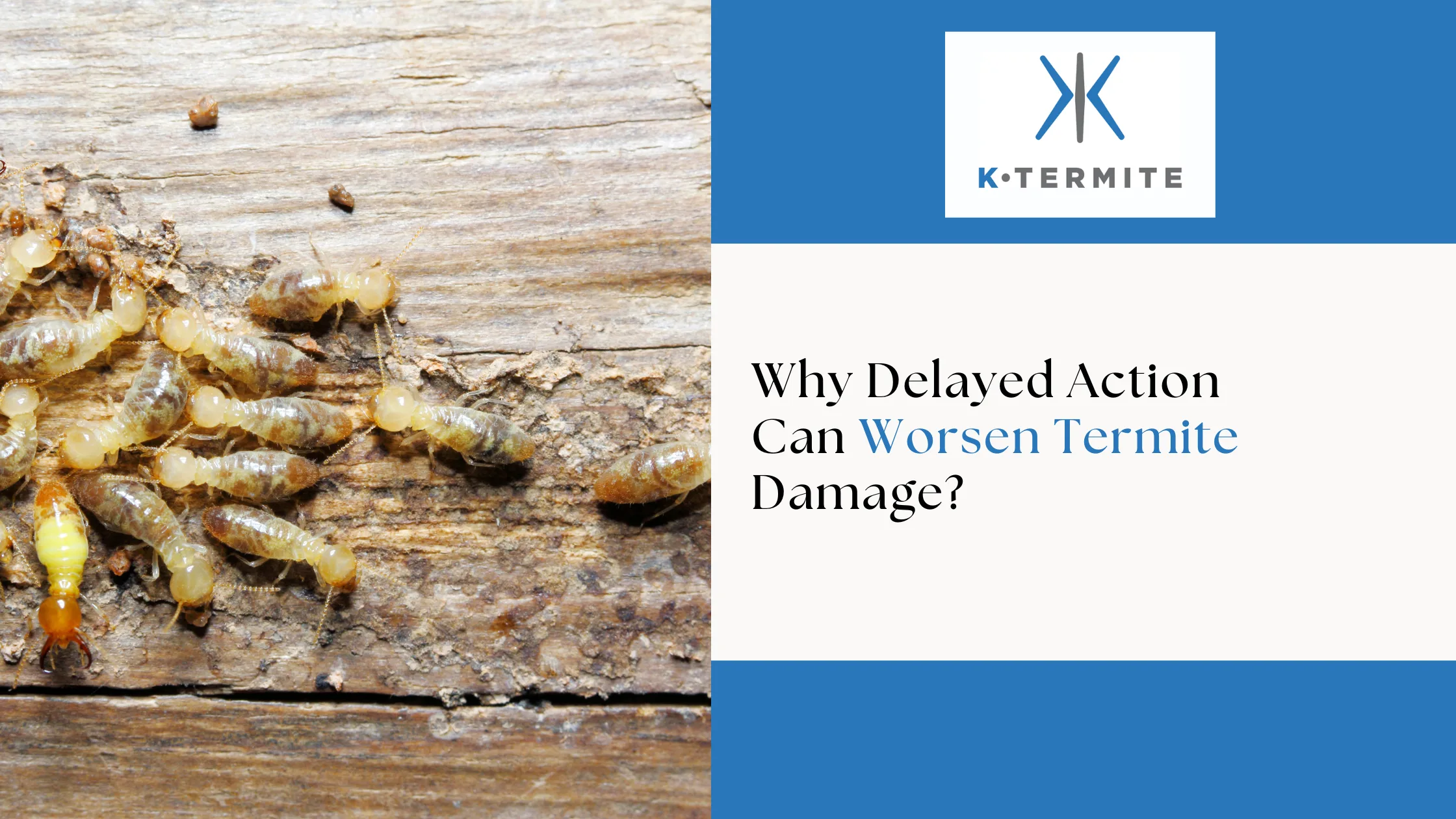

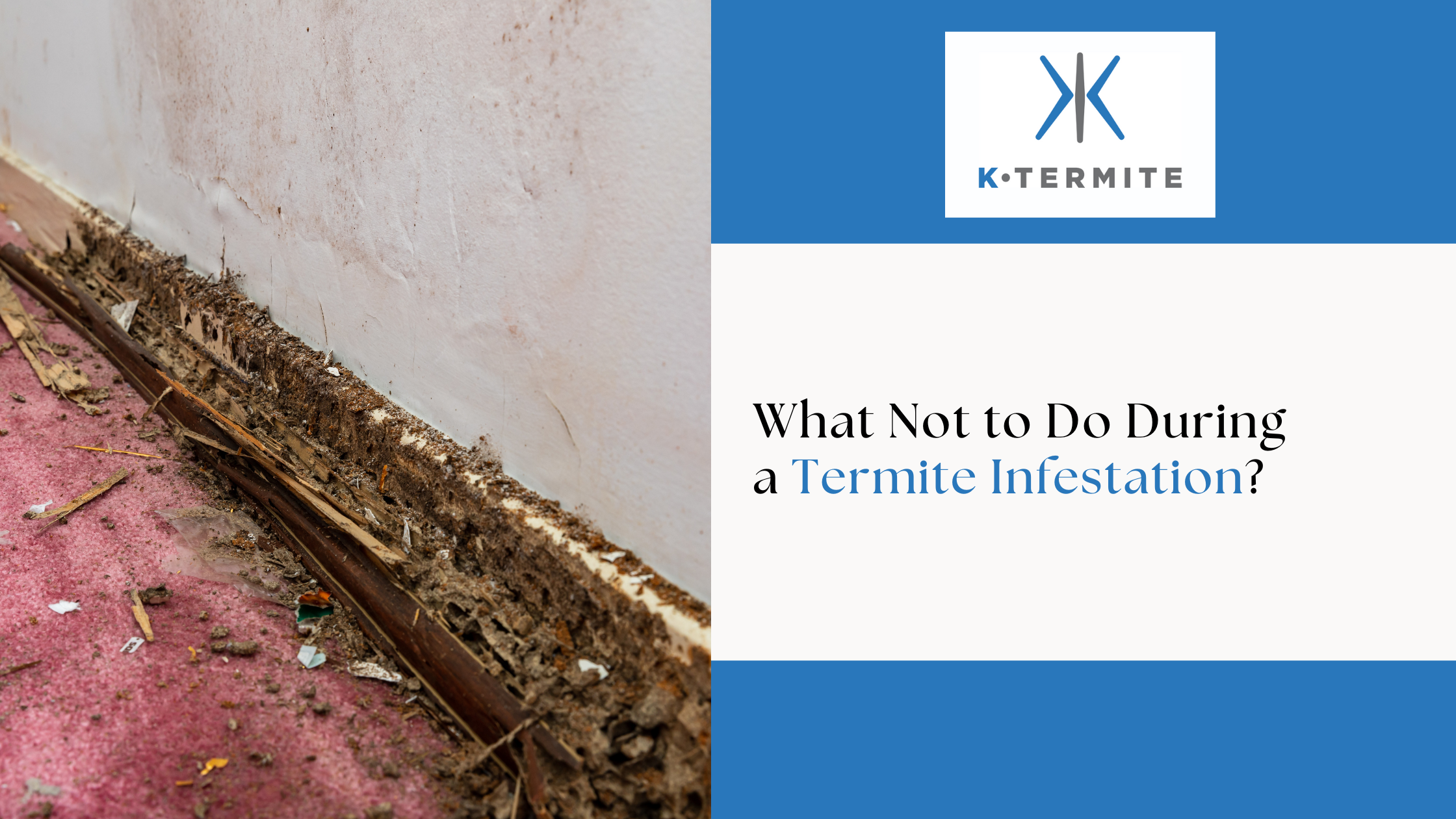

.png)
.png)

.png)
.jpg)


.webp)
.webp)


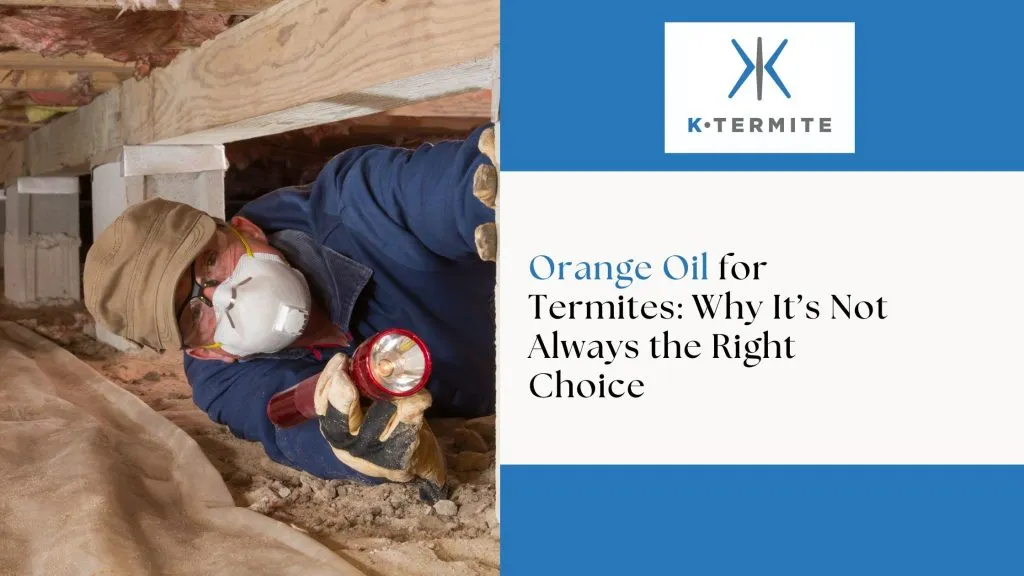

.webp)
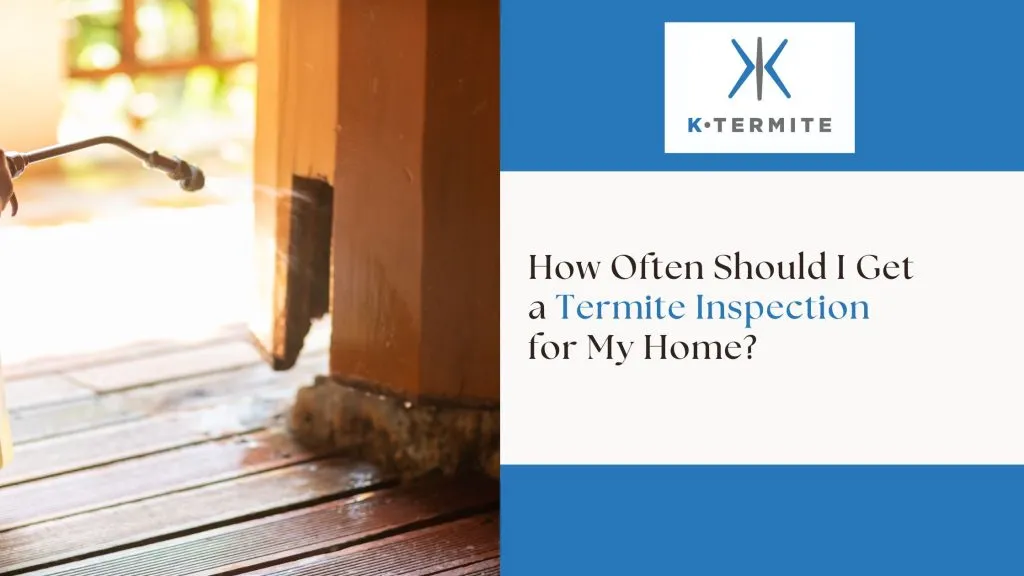

.svg)

